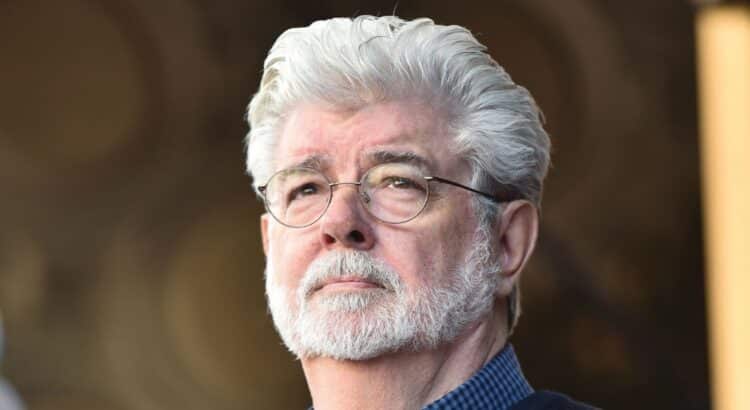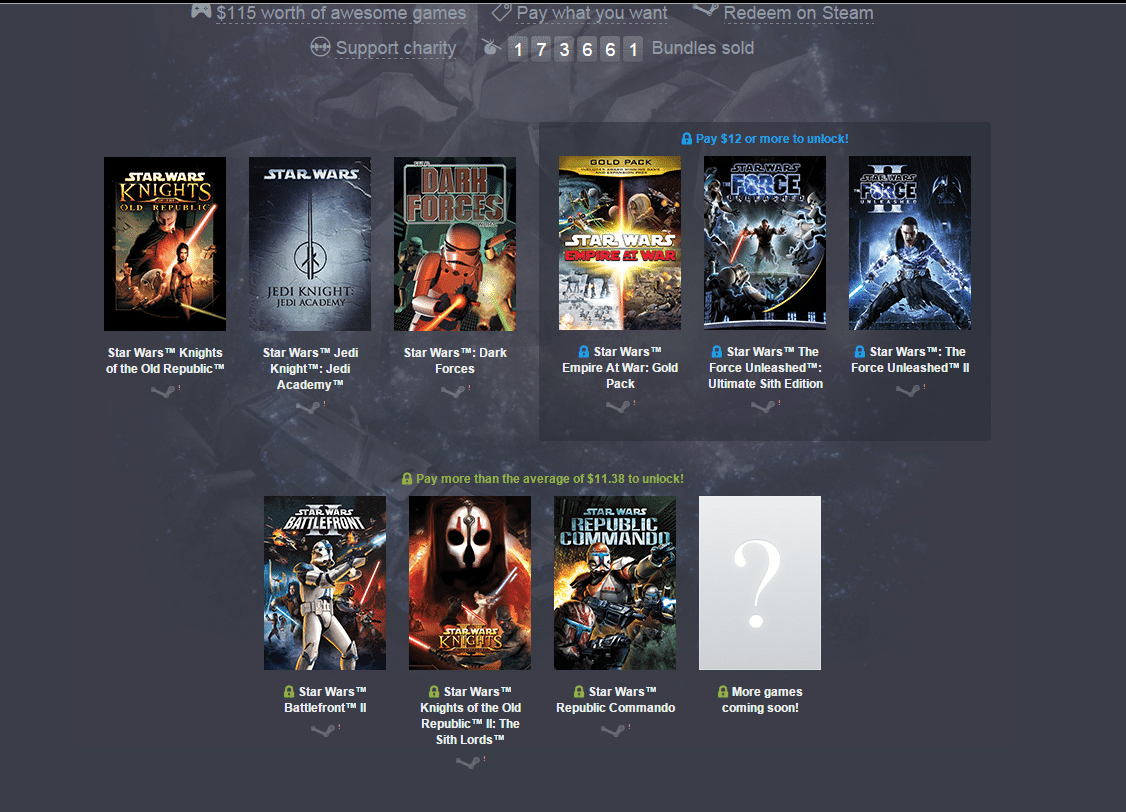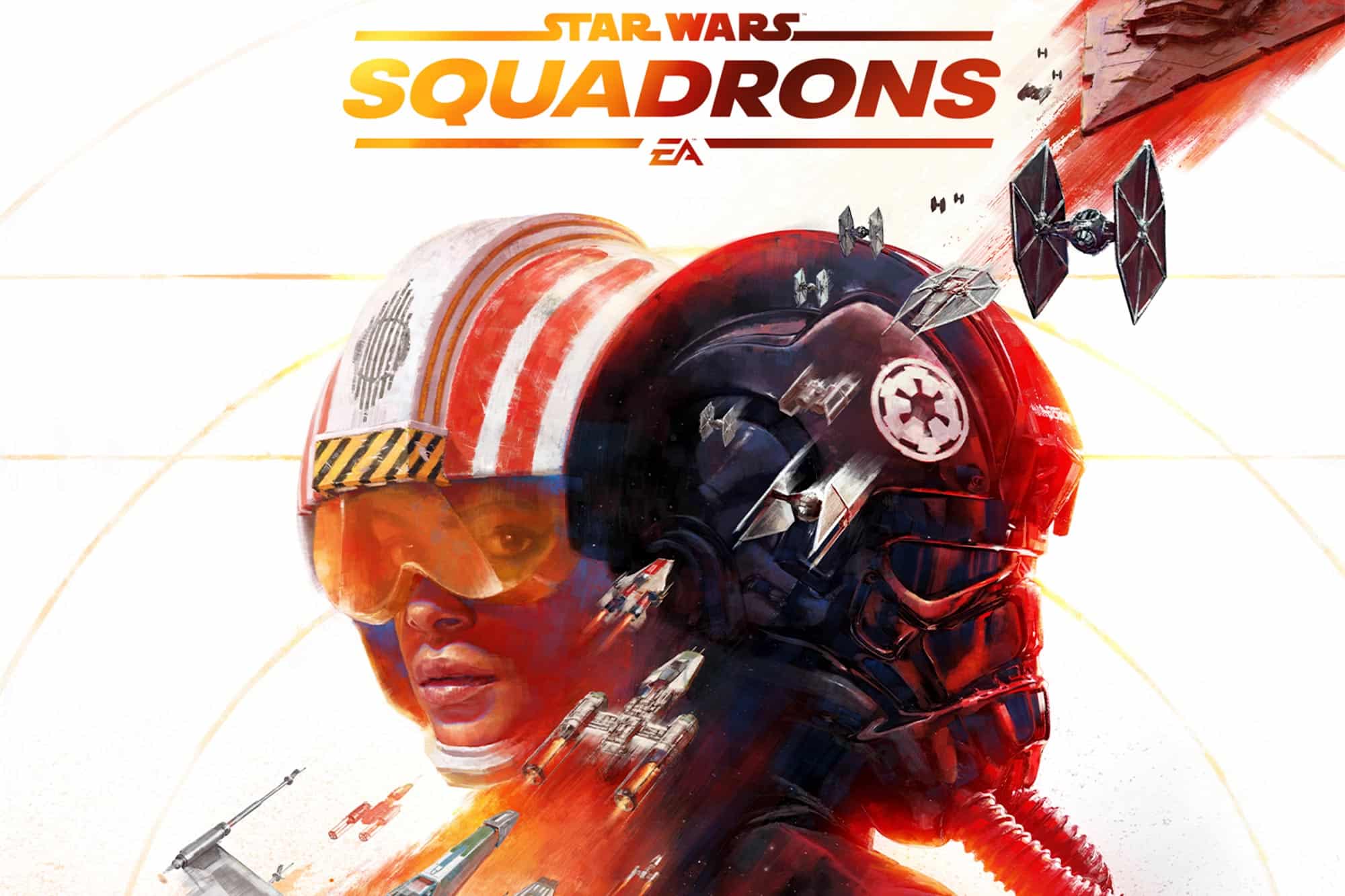As George Lucas celebrates his 80th birthday, it’s the perfect time to take a closer look at the man who forever changed the landscape of cinema. The visionary behind some of the most beloved and groundbreaking films, Lucas’s influence spans generations and genres. From the sandy dunes of Tatooine to the high-speed chases of Modesto, his storytelling prowess has left an indelible mark on popular culture. So, let’s dive into the life and legacy of George Lucas, exploring his journey through the galaxy of his life and movies.
Early Years: From Modesto to Movie Making
George Lucas was born on May 14, 1944, in Modesto, California, a place that would later serve as inspiration for his nostalgic look at youth culture in the 1960s. Growing up, Lucas was fascinated by cars and speed, a passion that was nearly cut short by a near-fatal car accident in his teens. This brush with mortality redirected his focus from the racetrack to the world of film.
Lucas attended the University of Southern California’s School of Cinematic Arts, where his creativity began to flourish. He quickly made a name for himself with his experimental short films, including the award-winning “Electronic Labyrinth: THX 1138 4EB.” This student film would serve as a precursor to his first feature-length movie, “THX 1138,” produced by his friend and fellow filmmaker, Francis Ford Coppola.
The Birth of a Saga: Star Wars and Its Impact
When talking about George Lucas, it’s impossible not to mention “Star Wars.” Originally released in 1977, “Star Wars” was a game-changer. The film, later retitled “Star Wars: Episode IV – A New Hope,” introduced audiences to a galaxy far, far away and became a cultural phenomenon. But did you know that the path to this iconic film was fraught with challenges?
Lucas faced numerous obstacles, from securing funding to overcoming skeptical studio executives. Despite these hurdles, Lucas’s determination and innovative vision brought “Star Wars” to life. The movie’s groundbreaking special effects, compelling characters, and epic storyline captured the imaginations of millions. The success of “Star Wars” spawned sequels, prequels, spin-offs, and an entire universe of merchandise, theme parks, and fan conventions.
The genesis of “Star Wars” was rooted in Lucas’s deep appreciation for mythology, classic science fiction, and the adventurous serials of his youth. Drawing inspiration from the works of Joseph Campbell, particularly “The Hero with a Thousand Faces,” Lucas crafted a narrative that resonated on a universal level. He wanted to create a modern myth, one that would entertain and inspire future generations, just as the stories of King Arthur or Flash Gordon had done for him.
However, turning this vision into reality was no small feat. Lucas first approached United Artists, then Universal Pictures, and finally 20th Century Fox, before securing the necessary funding. Even then, the budget was limited, and the project was considered a significant risk. Studio executives were unsure about investing in a science fiction movie at a time when the genre was not particularly lucrative.
During production, Lucas’s commitment to authenticity and innovation led to the creation of Industrial Light & Magic (ILM), a company that would revolutionize visual effects. ILM’s work on “Star Wars” was nothing short of extraordinary, producing effects that had never been seen before on screen. From the intricate miniatures and models to the pioneering use of motion control cameras, the film set a new standard for what was possible in cinema.
The casting process also played a critical role in the film’s success. Lucas selected relatively unknown actors for the lead roles, believing that fresh faces would help audiences immerse themselves in the story. Mark Hamill as the earnest Luke Skywalker, Carrie Fisher as the indomitable Princess Leia, and Harrison Ford as the roguish Han Solo became household names, their performances endearing them to millions of fans worldwide.
When “Star Wars” premiered on May 25, 1977, it was an instant sensation. Lines wrapped around theaters, and the film quickly became a box office juggernaut. Critics and audiences alike were captivated by its blend of high adventure, compelling characters, and groundbreaking visuals. The film’s success led to the rapid greenlighting of sequels, beginning with “The Empire Strikes Back” in 1980 and “Return of the Jedi” in 1983, solidifying the original trilogy as a cornerstone of popular culture.
Beyond its commercial success, “Star Wars” revolutionized the film industry in several key ways. Lucas’s creation of ILM set new standards for visual effects, while Skywalker Sound changed the game in audio production. His innovative use of merchandising paved the way for future film franchises, making “Star Wars” not just a series of films but a global brand. The iconic imagery of lightsabers, the Millennium Falcon, and Darth Vader’s helmet became cultural touchstones, recognizable even to those who had never seen the films.
“Star Wars” also had a profound impact on the business of Hollywood. The film demonstrated the immense profitability of blockbuster franchises, leading studios to invest heavily in high-concept, effects-driven films. This shift ushered in the era of the summer blockbuster, with “Star Wars” serving as the blueprint for future hits.
Moreover, Lucas’s approach to filmmaking, characterized by his willingness to push technological boundaries, inspired a generation of filmmakers. Directors like James Cameron, Peter Jackson, and the Wachowskis have all cited Lucas as a key influence, drawing on the innovative spirit he brought to “Star Wars.”
The cultural impact of “Star Wars” extends far beyond the screen. The series has inspired countless books, comics, video games, and television series, expanding the universe in ways Lucas might never have imagined. Shows like “The Mandalorian” and the animated “Clone Wars” series have introduced new characters and stories, keeping the franchise fresh and engaging for new audiences.
Furthermore, “Star Wars” has become a powerful tool for storytelling and education. The themes of heroism, redemption, and the struggle between good and evil resonate across cultures and generations. Educators and scholars have used the series to teach everything from mythology and philosophy to political science and psychology, underscoring its enduring relevance.
As the franchise continues to evolve under the stewardship of Lucasfilm and Disney, the legacy of George Lucas’s original vision remains a guiding star. Whether through new films, series, or immersive experiences at theme parks, the magic of “Star Wars” endures, captivating the hearts and minds of audiences around the world.
In celebrating George Lucas’s 80th birthday, we not only honor the man who created a galaxy far, far away but also acknowledge the lasting impact of his work. “Star Wars” is more than just a series of movies; it’s a cultural phenomenon, a testament to the power of imagination, and a beacon of storytelling that will shine brightly for generations to come.
Exploring Other Worlds: Indiana Jones and Beyond
While “Star Wars” might be Lucas’s most famous creation, it’s certainly not his only one. In 1981, Lucas teamed up with Steven Spielberg to bring another iconic character to the big screen: Indiana Jones. With “Raiders of the Lost Ark,” audiences were introduced to the adventurous archaeologist, portrayed by Harrison Ford. The film was a massive hit, leading to several sequels and cementing Indiana Jones as a beloved cultural icon.
Lucas’s ability to blend action, humor, and historical intrigue in the Indiana Jones series showcased his versatility as a storyteller. The success of these films further established him as a powerhouse in Hollywood, capable of creating compelling narratives across different genres.
In addition to Indiana Jones, Lucas continued to explore other creative avenues. He produced a variety of films, from the fantasy epic “Willow” to the animated feature “Strange Magic.” Though not all of these projects achieved the same level of success as “Star Wars” or “Indiana Jones,” they demonstrated Lucas’s willingness to take risks and push the boundaries of storytelling.
The Power of Innovation: Technology and Legacy
One of George Lucas’s most significant contributions to the film industry is his relentless pursuit of innovation. He was a pioneer in the use of computer-generated imagery (CGI), which became a staple in modern filmmaking. Lucas’s vision for digital cinema led to the development of the digital camera, revolutionizing how movies are made and viewed.
Lucas also played a crucial role in advancing sound technology. His creation of THX, a high-fidelity audio/visual reproduction standard, ensured that audiences experienced movies with the best possible sound quality. This commitment to technological excellence has had a lasting impact on the industry, influencing how films are produced and consumed.
His legacy extends beyond technology and filmmaking. Lucas is also known for his philanthropic efforts, particularly in education. He has donated millions to support educational initiatives and founded the George Lucas Educational Foundation, which promotes innovative teaching strategies and lifelong learning.
Conclusion: A Legacy That Will Endure
As George Lucas turns 80, it’s clear that his influence on the film industry and popular culture is immeasurable. From his early days as a film student to his creation of iconic characters and groundbreaking technology, Lucas has left an indelible mark on the world. His stories have transported us to distant galaxies, ancient temples, and fantastical realms, reminding us of the power of imagination and storytelling.
Lucas’s work continues to inspire new generations of filmmakers and fans alike. His commitment to innovation, storytelling, and philanthropy ensures that his legacy will endure for years to come. As we celebrate George Lucas at 80, we can only imagine what new adventures and creations might still be on the horizon for this cinematic pioneer. May the Force always be with him.
FAQ: George Lucas at 80: A Journey Through the Galaxy of His Life and Movies
Q: When was George Lucas born? A: George Lucas was born on May 14, 1944, in Modesto, California.
Q: What are some of George Lucas’s most famous films? A: George Lucas is best known for creating the “Star Wars” saga and the “Indiana Jones” series. He also directed “THX 1138” and produced films like “Willow” and “Strange Magic.”
Q: How did George Lucas get into filmmaking? A: Lucas developed an interest in filmmaking while attending the University of Southern California’s School of Cinematic Arts. His experimental short films gained attention, leading to his first feature-length film, “THX 1138.”
Q: What inspired George Lucas to create “Star Wars”? A: Lucas was inspired by a combination of classic mythology, science fiction serials, and his love for epic storytelling. He wanted to create a modern myth that combined futuristic technology with timeless themes of heroism and adventure.
Q: What challenges did George Lucas face while making “Star Wars”? A: Lucas faced numerous challenges, including securing funding, overcoming studio skepticism, and pioneering new special effects techniques. Despite these obstacles, his innovative vision and determination brought “Star Wars” to life.
Q: What is Industrial Light & Magic (ILM)? A: Industrial Light & Magic (ILM) is a visual effects company founded by George Lucas in 1975 to create the groundbreaking effects for “Star Wars.” ILM has since become a leader in the industry, contributing to countless films and earning numerous awards.
Q: What is THX, and why is it significant? A: THX is a high-fidelity audio/visual reproduction standard created by George Lucas to ensure the best possible sound and picture quality in theaters. It has set new standards for audio and visual excellence in the film industry.
Q: Besides “Star Wars,” what other significant film series did George Lucas create? A: In addition to “Star Wars,” George Lucas co-created the “Indiana Jones” series with Steven Spielberg. The adventures of the archaeologist Indiana Jones became another cultural phenomenon.
Q: Has George Lucas been involved in philanthropy? A: Yes, George Lucas is known for his philanthropic efforts, particularly in education. He has donated millions to support educational initiatives and founded the George Lucas Educational Foundation, which promotes innovative teaching strategies.
Q: How has George Lucas influenced modern filmmaking? A: George Lucas has significantly influenced modern filmmaking through his pioneering work in special effects, sound technology, and digital cinema. His creation of ILM and THX has set new standards in the industry, and his innovative use of CGI has become a staple in modern films.
Q: What is the George Lucas Educational Foundation? A: The George Lucas Educational Foundation is an organization founded by Lucas to promote innovative teaching strategies and support educational initiatives. The foundation focuses on improving K-12 education through project-based learning and other innovative approaches.
Q: Will George Lucas continue to create new films and projects? A: While George Lucas has stepped back from active filmmaking, his legacy continues to influence the industry. He remains involved in various creative and philanthropic endeavors, and his impact on cinema and storytelling endures.
Q: How can fans celebrate George Lucas’s 80th birthday? A: Fans can celebrate George Lucas’s 80th birthday by watching his films, sharing their favorite “Star Wars” or “Indiana Jones” moments, and appreciating his contributions to cinema. Engaging with his philanthropic efforts and supporting educational initiatives in his honor is another meaningful way to celebrate.







